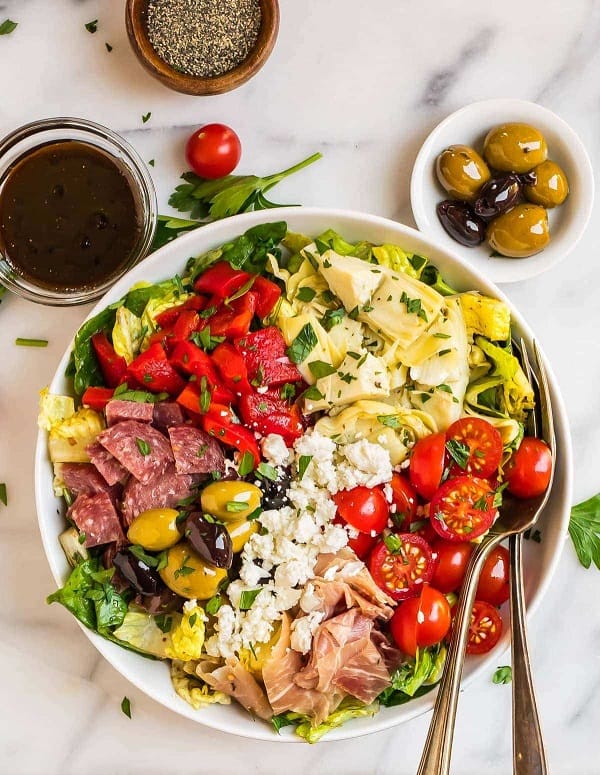The art of assembling an antipasto platter speaks to the heart of Mediterranean hospitality, offering a kaleidoscope of flavors, textures, and colors to whet the appetite. This delightful tradition, deeply rooted in Italian dining, is more than just an appetizer; it’s a social gathering point, inviting conversation, laughter, and communal enjoyment.
Toc
To elevate this experience further, choosing the right accompaniments is key. Here’s your guide to making your antipasto platter the centerpiece of a memorable feast.
The Essence of Antipasto
Before we delve into accompaniments, let’s appreciate the essence of an antipasto platter. Derived from the Italian phrase “before the meal,” antipasto sets the stage for the dining experience.
1. https://chiccasrestaurant.com/archive/648/
2. https://chiccasrestaurant.com/archive/653/
3. https://chiccasrestaurant.com/archive/412/
A well-crafted antipasto platter is a vibrant composition of cured meats, various cheeses, marinated vegetables, olives, and bread, offering a preview of the chef’s culinary sensibilities. It’s not just food; it’s an expression of cultural heritage and culinary artistry that sets the tone for the meal.

Source: https://www.wellplated.com/
Accompaniments to Complement Your Antipasto Platter
- Artisan Breads and Crackers: Pairing your platter with various bread and crackers provides a textural contrast and a vehicle for enjoying the spread. Consider offering freshly baked focaccia, crusty slices of ciabatta, or an assortment of crackers to cater to differing tastes and dietary preferences.
- Wine and Spirits: Antipasto and wine are a match made in gastronomic heaven. Choose a crisp, dry white wine like Pinot Grigio or a light-bodied red wine like Chianti to complement the antipasto flavors. An Aperol Spritz or a Negroni offers a refreshing contrast with their bittersweet profiles for a spirited option.
- Fresh and Grilled Vegetables: While marinated vegetables are a staple on the platter, serving a selection of fresh or grilled vegetables can enhance the experience. Consider seasonal offerings like asparagus in spring or grilled zucchini in summer to add a fresh, earthy element to the spread.
- Dips and Spreads: A selection of dips and spreads can add dimension to your antipasto. Classic choices include hummus, tapenade, or a rich and creamy baba ganoush. These can serve as a delightful bridge between the various components of your platter.
- Dessert Pairings: Transition seamlessly from savory to sweet by offering Italian-inspired desserts. A simple platter of fresh fruits, such as figs and grapes, can cleanse the palate. Alternatively, small servings of tiramisu or cannoli can conclude the feast on a decadently sweet note.
Crafting the Perfect Setting
The presentation and ambiance play crucial roles in enjoying an antipasto platter. Arrange your spread aesthetically on a large wooden board or platter, allowing each element to shine. Enhance the setting with ambient lighting, soft music, and perhaps fresh flowers to create an inviting atmosphere that encourages guests to linger and savor each bite.
In Conclusion
An antipasto platter is more than just a precursor to a meal; it’s a celebration of flavors, textures, and companionship. By choosing the right accompaniments, you can transform this humble appetizer into a feast that celebrates the very essence of Mediterranean hospitality. Buon appetito!
1. https://chiccasrestaurant.com/archive/651/
2. https://chiccasrestaurant.com/archive/649/
3. https://chiccasrestaurant.com/archive/410/














